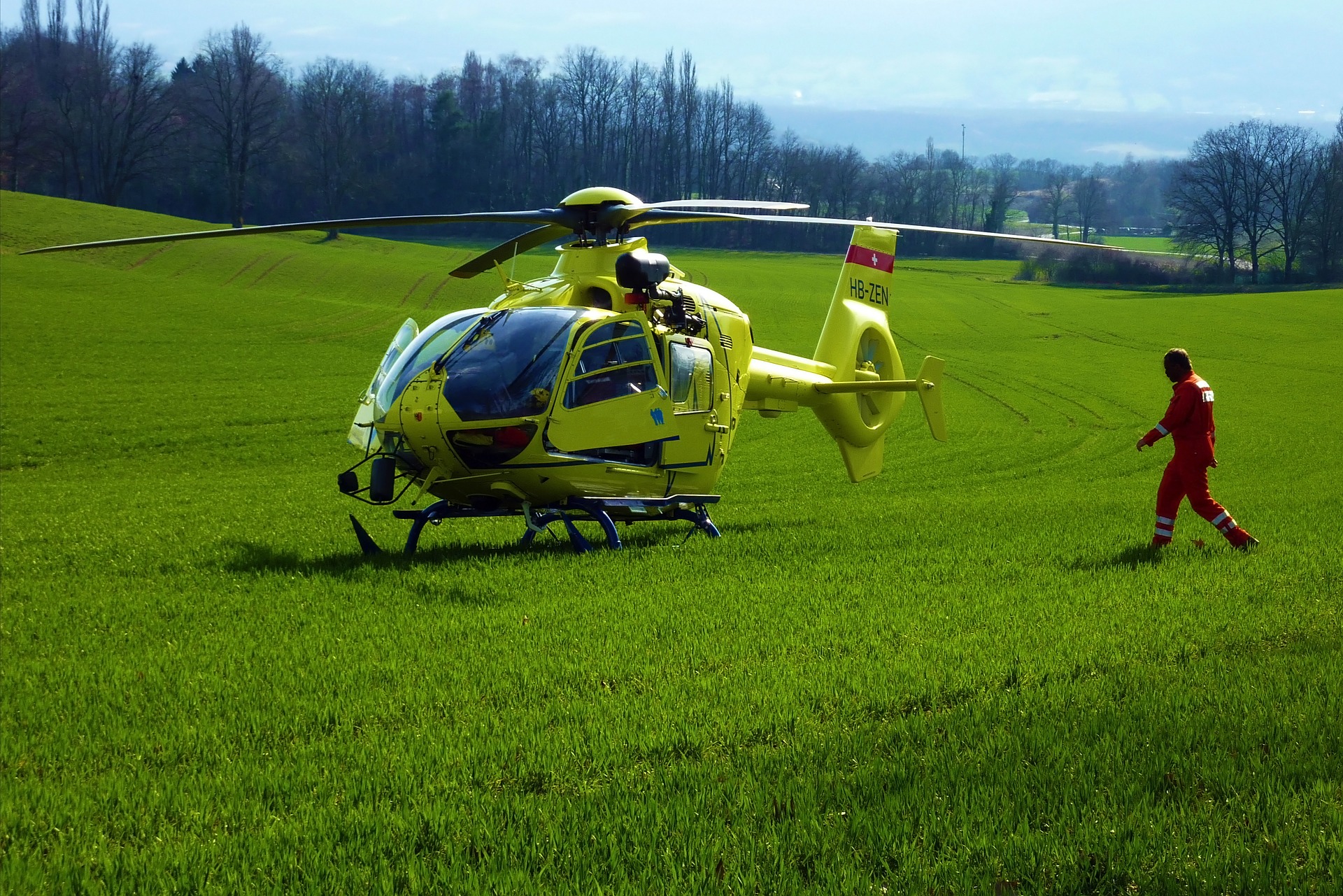Q4Health: a network slice for emergency medicine
 How can emergency response services be improved? The H2020 Q4Health project raised this question. The European consortium that includes EURECOM, the University of Malaga and RedZinc has demonstrated the possibility to relay video between first responders at an emergency scene and doctors located remotely. To do so, the researchers had to develop innovative tools for 4G network slicing. This work has paved the way for applications for other types of services and lays the groundwork for the 5G.
How can emergency response services be improved? The H2020 Q4Health project raised this question. The European consortium that includes EURECOM, the University of Malaga and RedZinc has demonstrated the possibility to relay video between first responders at an emergency scene and doctors located remotely. To do so, the researchers had to develop innovative tools for 4G network slicing. This work has paved the way for applications for other types of services and lays the groundwork for the 5G.
Doctors are rarely the first to intervene in emergency situations. In the event of traffic accidents, strokes or everyday accidents and injuries, victims first receive care from nearby witnesses. The response chain is such that citizens then usually hand the situation over to a team of trained first responders — which does not necessarily include a doctor — who then bring the victim to the hospital. But before the patient reaches the doctor for a diagnosis, time is precious. Patients’ lives depend on medical action being taken as early as possible in this chain. The European H2020 Q4Health project studied a video streaming solution to provide doctors with real-time images of victims at the emergency scene.
The Q4Health project, which was started in January 2016 and completed in December 2017, had to face the challenge of ensuring that the video flow was of high enough quality to make a diagnosis. To this end, the project consortium which includes EURECOM, the University of Malaga in Spain and the project leader SME RedZinc, proved the feasibility of programming a mobile 4G network that can be virtually sliced. The network “slice” created therefore includes all the functions of the regular network, from its structural portion (antennas) to its control software. It is isolated from the rest of the network, and is reserved for communication between emergency response services and nearby doctors.
Navid Nikaein, a communication systems researcher at EURECOM sates that “The traditional method of creating a network slice consists of establishing a contract with an operator who guarantees the quality of service for the slice“. But there is a problem with this sort of system: emergency response services do not have complete control over the network; they remain dependent on the operator. “What we have done with Q4Health is to give real control to emergency response services over inbound and outbound data traffic,” adds the researcher.
Controlling the network
In order to carry out this demonstration, the researchers developed application programming interfaces (API) for the infrastructure network (the central portion of the internet, that interconnects all the other access points) and the mobile network that connects 4G devices, such as telephones, to an access point (this is referred to as an access network). These programming interfaces allow emergency response services to define priority levels for their members. The service can use the SIM card associated with a firefighter or paramedic’s professional mobile phone to identify the user’s network connection. Via the API, it has been determined that the paramedic would benefit from privileged access to the network, enabling dynamic use of the slice reserved for emergency services.
In the Q4Health project, this privileged access for first responders allows them to stream video independent of data traffic in the area, which is a great advantage in crowded areas. Without such privileged access, in a packed stadium, for example it would be impossible to transmit high-quality video over a 4G network. And to ensure the quality of the video flow, a system analyzes the radio rate between the antenna and the first responders’ device — for the Q4Health project, this is not necessarily a smartphone but glasses equipped with a camera to facilitate emergency care. The video rate is then adjusted depending on the radio rate. “If there is a lower radio rate, video processing is optimized to prevent deterioration of image quality,” explains Navid Nikaein.
Through this system first responders are able to give doctors a real-time view of the situation. These may be doctors at the hospital to which the patient will be transported, or volunteer doctors nearby who are available to provide emergency assistance. They obtain not only visual information about the victim’s condition, which facilitates diagnosis, but also gain a better understanding of the circumstances of the accident by observing the scene. They can therefore guide non-physician responders through delicate actions, or even allow them to perform treatment which could not be carried out without consent from a doctor.
Beyond its medical application, Q4Health has above all proved the feasibility of network slicing through a control protocol in which the service provider, rather than the operator, has control. This demonstration is of particular interest for the development of the 5G network, which will require network slicing. “As far as I know, the tool we have developed to achieve this result is one of the first of its kind in the world,” notes Navid Nikaein. And highlighting these successful results, achieved in part thanks to EURECOM’s OpenAirInterface and Mosaic5G platforms, the researcher adds, “Week after week, we are increasingly contacted about using these tools,” This has opened up a wide range of prospects for use cases, representing opportunities to accelerate 5G prototyping. In addition to emergency response services, many other sectors could be interested in this sort of network slicing, starting with security services or transport systems.





Trackbacks & Pingbacks
[…] English: Q4Health: a network slice for emergency medicine […]
[…] English: Q4Health: a network slice for emergency medicine […]
Leave a Reply
Want to join the discussion?Feel free to contribute!